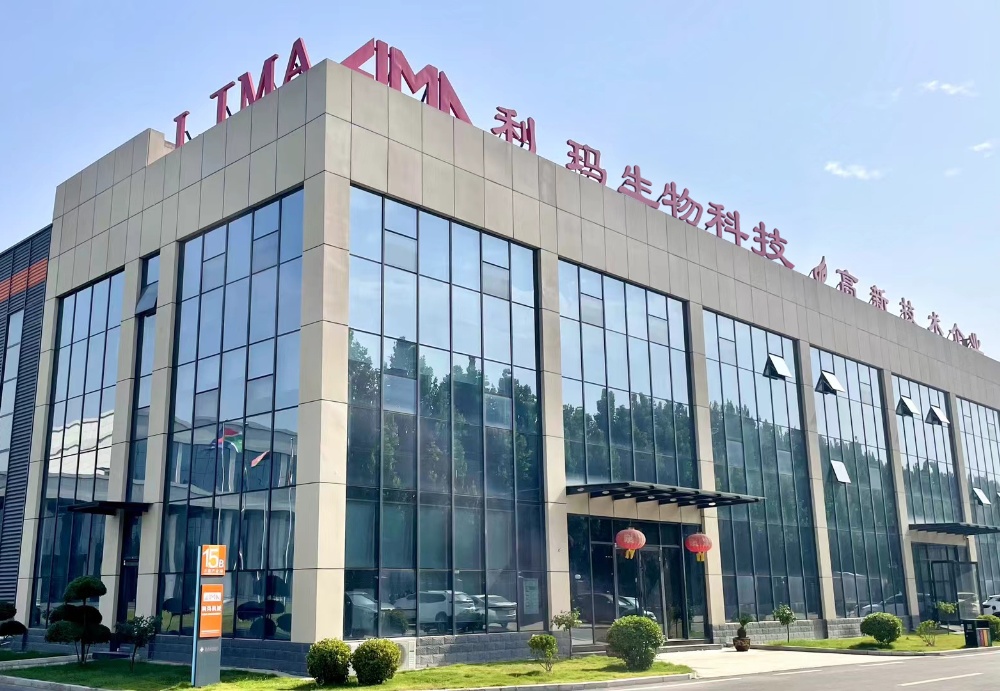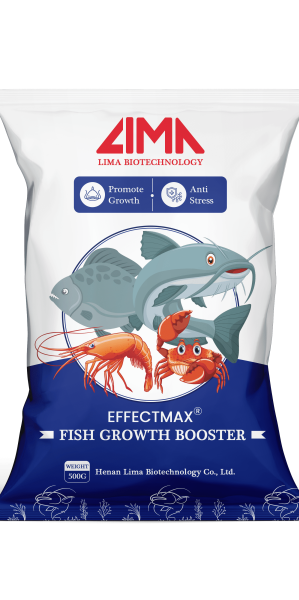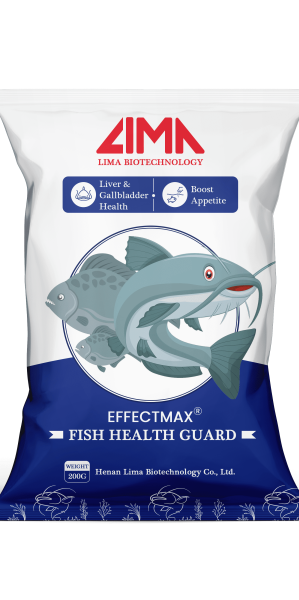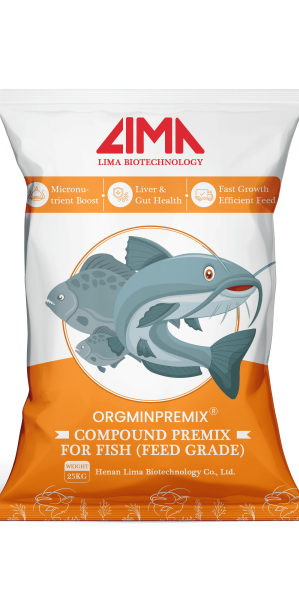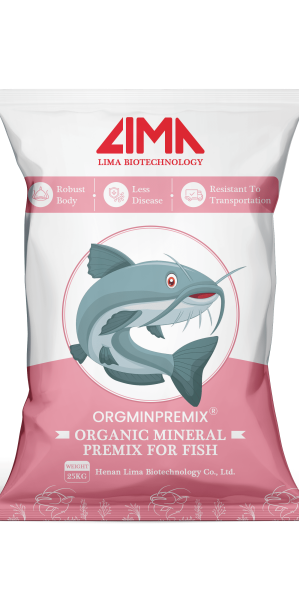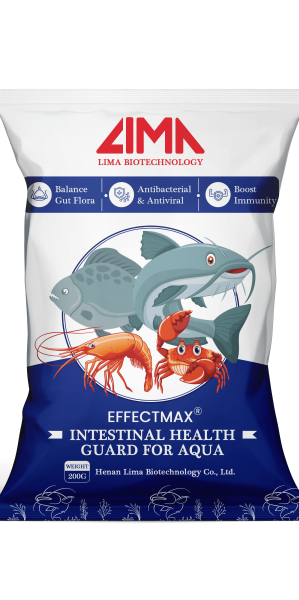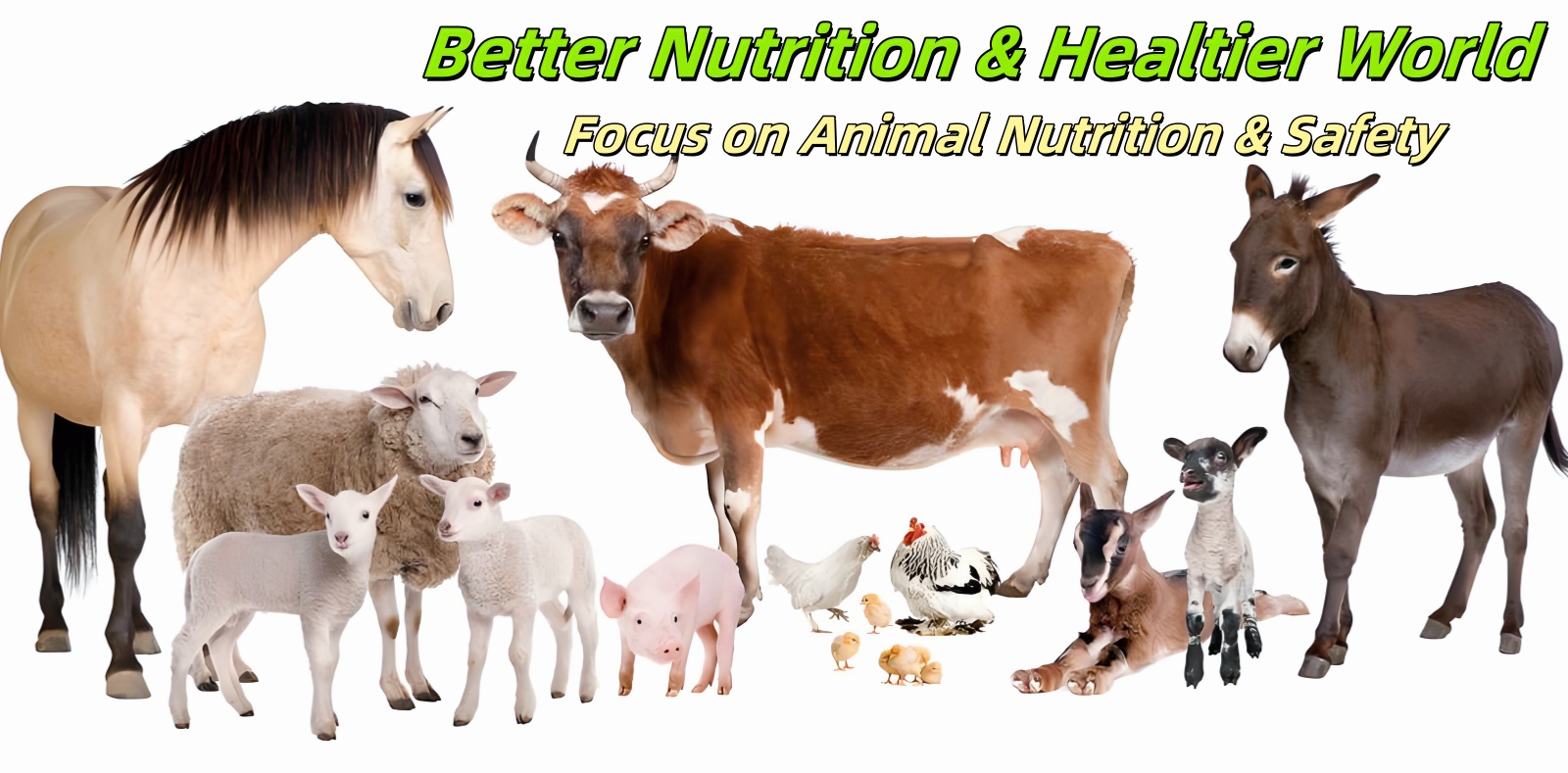Breeding conditions. Clean the pond before stocking the fry. Remove other fish, especially tilapia, as they compete for food and space.
Usually lime or tea bran powder is used to clean the pond.Usually, quicklime or tea bran powder is used to clean the pond. If using quicklime, first dry the pond. Then drain the water. Finally, apply quicklime at 100 kg/mu. Use a 30-mesh filter when filling or draining water. This will prevent other tilapia from mixing into the pond.
Stocking density If you cultivate seedlings, use 30,000-100,000 fish seedlings per mu. If you raise adult fish, there are two major models. One is pure breeding of a single species. The stocking density should be adjusted according to the size of the breeding water body.
It should be well-ventilated and light-permeable, and have sufficient feed. For example, a fish pond with a depth of 3m and an area of 10-20 mu can raise fish. The stocking density is 2,000-3,000 per mu. Each fish can grow to 1.25 kg in one year. At the same time, stock 20-30 bighead carp and bream per mu to regulate water quality. Also, stock some black snakehead or catfish to prevent incomplete pond cleaning. This will stop other tilapia and wild fish from breeding in the pond while we drain and irrigate it.

The second is three-dimensional mixed breeding of multiple fish species. It mainly involves an omnivorous fish. It is among the traditional four major carps and some famous, special ponds. The goal is to remove residual feed and feces. The stocking density of this model is 500-1,000 per mu.
Feeding intensity The focus is to feed enough feed. First of all, it is better to choose the feed manufacturer than to choose the feed. It is better to choose the brand of feed produced by large and old factories, which have a high safety factor. Secondly, among sinking feed, semi-sinking feed, and floating feed, floating feed is preferred.
You should give feed at regular times, fixed points, and in specific quantities. Feed twice a day, at 10 a.m. and 3 p.m. In hot, humid summers, do not feed. It may cause the fish to overeat. Low dissolved oxygen at night will harm fish digestion and absorption.
Daily management is to improve water quality and the bottom environment. Check the fish pond in the morning and evening. Look at the water color, smell the vapor, and watch the fish. Prevent the fish from lacking oxygen, especially in hot, humid weather.
Once the fish float, turn on the aerator in time. If the water is too rich, reduce feeding. Inject new water to lower its concentration, or change the water. In summer, deepen the breeding water level. Check the pond base and drainage. Also, prohibit other tilapia from mixing into the pond. At the same time, improve the bottom environment. Create a good ecology for the fish to grow healthily.
Disease prevention and control. This fish grows fast, is large, and disease-resistant. It usually has few or no diseases. Bacteria can easily infect and kill you after a scratch or injury from fishing or transport.
In cold weather, it's easy to get Saprolegniasis after fishing or long trips. On the day the fry are put in the pond, use iodine or chlorine to disinfect the water and spray the whole pond.

Summary
Tilapia has a wide range of feeding habits. Under artificial breeding, it can be fed high-quality feeds, like wheat, corn, and cake meal. We should manage feeding based on tilapia's habits and growth. The feed has good palatability, and the tilapia has achieved better growth results. Aquatic multi-dimensional supplements are a mix of vitamins. They boost tilapia's immunity and nutrition. They improve feed conversion and growth. Mycopolysaccharide enhances minerals and trace elements, benefiting farmers.
So how do you choose a feed additive suitable for tilapia? Now I will recommend a safe, healthy, and effective fish feed additive to you.
Lima Biotech Aquatic Animal Growth Promoter
Healthy animals have a complete, complex balance in their digestive tracts. Beneficial bacteria in the intestines dominate and maintain stability. Their metabolites contain vitamins, minerals, amino acids, enzymes, and other nutrients. These meet animals' normal growth needs.
Lima is a new fish feed additive. Scientists make it from plant powder, trace elements, and a compound multi-vitamin, all in a scientific ratio. It adds various beneficial bacteria and uses a new fermentation process. It has rich probiotics and metabolites. They can maintain the balance of animal gut flora. They can help animals absorb nutrients, boost immunity, and grow quickly and healthily.
Product advantages:
- Improve the anti-stress abilities of aquatic animals.
2. Improve the intestinal tract and promote digestion.
3. Enhance immunity and survival rates.
4. Purify water quality and reduce mortality.
5. Protecting the liver and promoting the gallbladder.
6. Improve feed usage and reduce losses.













